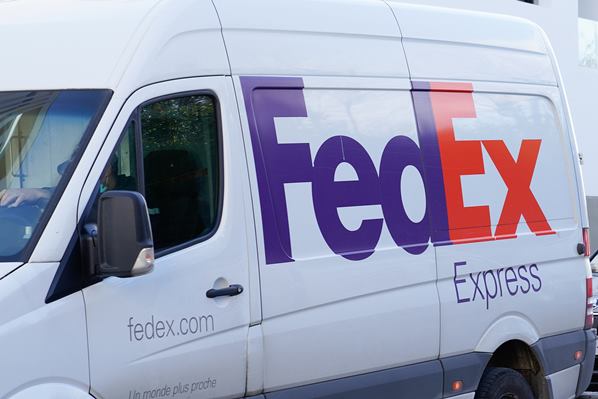
Online sales are expected to account for 18.1% of all retail sales worldwide in 2021, reports Oberlo, and by 2023, this percentage is predicted to rise to 22%.
The vertiginous rise of Amazon is testimony not only to the power of ecommerce, but also to the value given by customers to fast shipping and easy returns policies. In fact, quick shipping is one of the main reasons that many people are opting to shop online as opposed to in-store. With the vast array of products and services available online, just about the one drawback for modern clients is having to wait for several days or even weeks for a much needed item. Of course, this shouldn’t be the case for your business if you adopt a sound shipping strategy – one that has customer loyalty and satisfaction at its core.
Shipping And Sales: Statistics
A recent survey by MyCustomer on e-commerce shipping found that for 96% of customers, a good delivery experience would influence further sales. Around 66% of shoppers, meanwhile, said they would choose one seller over another because of a better shipping policy. Over half abandoned a sale at the checkout stage because the delivery options were not to their liking. Customers are also clear on the type of shipping they prefer. Return Customer conducted a survey, finding that 93% of customers preferred free shipping over discounts.
Customers also value timed deliveries – thus, in the case of some products, companies like Amazon permit customers to select a time of delivery for a small additional fee. For many buyers, this fee is a small price for guaranteed delivery when they know they will be home to receive their parcel.
Tackling Common Shipping Problems
Depending on the type of business you run, you could encounter specific problems that should be solved if buyers are to receive their goods at appointed times. Those in the imports business, for instance, can find that ordered goods are unable to be shipped because they cannot afford to pay customs duties and taxes on a given shipping. Companies can get around this by covering goods with a customs bond. This essentially ensures that all imported goods are covered in terms of customs taxes, even in the case of liquidity problems faced by the importing company. Additional problems that retailers may encounter include increased surcharges or costs imposed by companies like UPS and FedEx, and balancing costs.
Reducing Costs
Retailers can reduce their expenses by using parcel auditing services (to identify incorrect or inappropriate fees and surcharges), avoiding surcharges by reconfiguring or breaking up shipments differently, and by relying on more than one shipping service for different needs. Some delivery companies, for instance, impose a surcharge when more than a specific number of packages are sent. Retailers can get around this surcharge by staying under the parcel quota and relying on another company for surplus items.
Fast shipping times are a necessary way to preserve customer loyalty in the age of e-commerce. Research shows that customers are likely to abandon a purchase if delivery times are slow or not to their liking. Retailers should offer clients various delivery options, and insure their goods against problems such as a lack of funds for customs taxes. They should also create a well-planned delivery strategy that allows them to avoid surcharges and other expenses.




